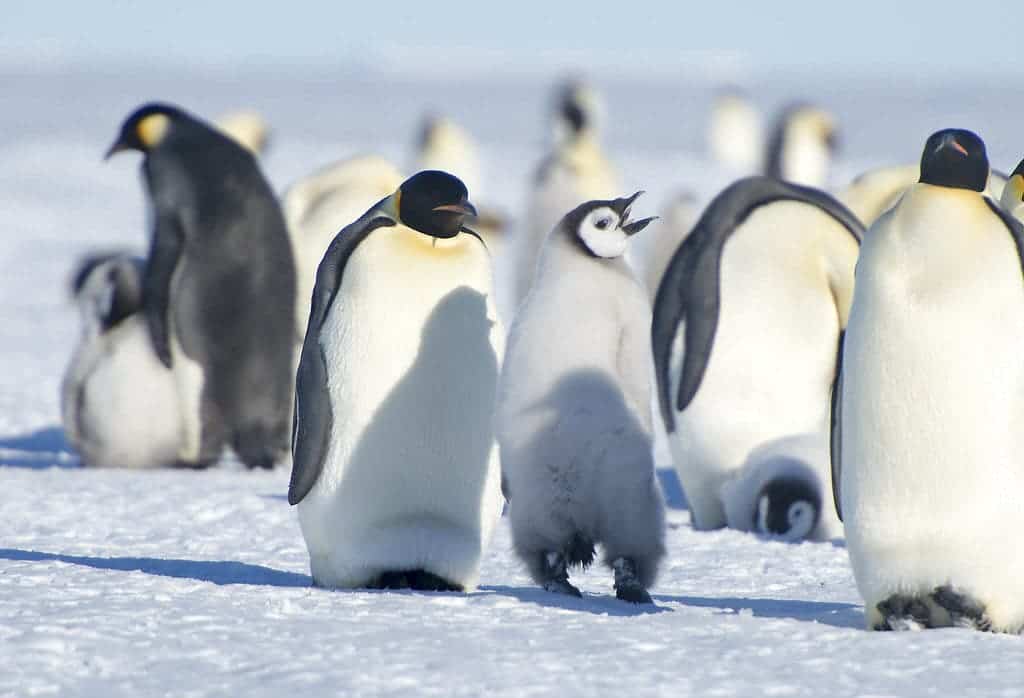Unless we get a grip on climate heating, the emperor penguin is going the way of the dodo — extinct.

An international study led by researchers at the Woods Hole Oceanographic Institution (WHOI) reports that warming climate conditions might cause emperor penguins (Aptenodytes forsteri) to become extinct by the end of the century.
The Emperor’s new environment
“If global climate keeps warming at the current rate, we expect emperor penguins in Antarctica to experience an 86% decline by the year 2100,” says Stephanie Jenouvrier, a seabird ecologist at WHOI and lead author on the paper.
“At that point, it is very unlikely for them to bounce back.”
Emperor penguins live and die by sea ice, which is where they breed and molt. The animals build their colonies on spans of ice that satisfy very specific conditions: it must be locked to the Antarctic shoreline but close to open seawater (giving the birds access to food). Climate heating is melting sea ice, however, which effectively destroys the birds’ habitat, food access, and ability to reproduce.
For their study, the team combined a global climate model (created by the National Center for Atmospheric Research, NCAR) and a model of the penguin populations themselves. The first gave the team a rough idea of how sea ice will evolve in the future, especially in terms of where and when it will form or melt in the future. The second one worked to predict how colonies might react to the changes in their environment.
“We’ve been developing that penguin model for 10 years,” says Jenouvrier. “It can give a very detailed account of how sea ice affects the life cycle of emperor penguins, their reproduction, and their mortality. When we feed the results of the NCAR climate model into it, we can start to see how different global temperature targets may affect the emperor penguin population as a whole.”
The compound model was then used to examine three different scenarios. The first assumes an increase in global average temperatures of only 1.5 degrees Celsius (the goal set out by the Paris climate accord). The second involves a temperature increase of 2 degrees Celsius. The final scenario assumes no action was taken against climate change, leading to temperature increases of 5 to 6 degrees Celsius.
The first one led to a loss of around 5% of sea ice by 2100, causing a roughly 20% drop in the penguin population. The 2-degree warming scenario led to around 15% ice loss and a 30% drop in penguin numbers. The business as usual scenario was by far the most damaging, leading to almost complete loss of the penguin colonies.
“Under that scenario, the penguins will effectively be marching towards extinction over the next century,” she says.
The paper “The Paris Agreement objectives will likely halt future declines of emperor penguins” has been published in the journal Global Change Biology.


